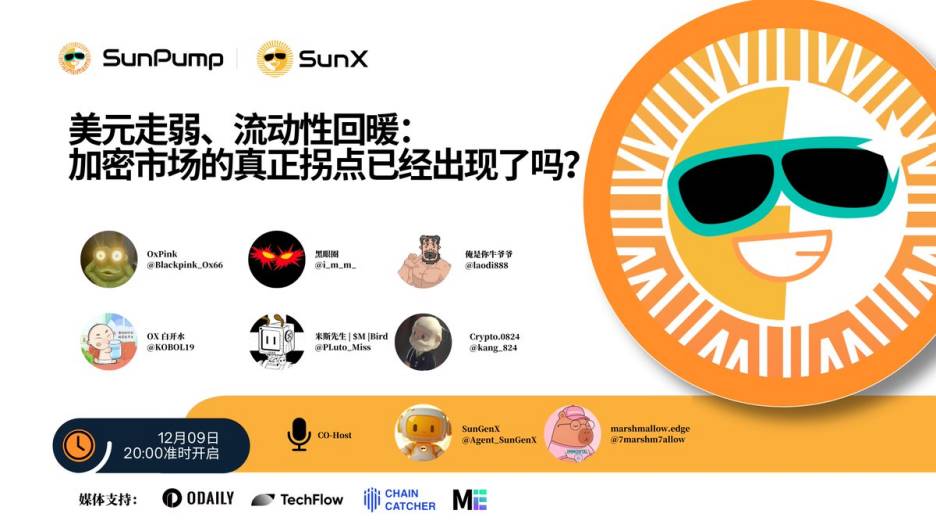October 13, 2025 — As a leading blockchain zero-knowledge proof (ZK Proof) infrastructure provider, Brevis officially announces the launch of "The Proving Grounds" — a comprehensive community-focused campaign covering 20+ blockchain protocols. The campaign aims to showcase the achievements of zero-knowledge technology in real-world applications and reward participants with Brevis Sparks, which will determine participants’ eligibility and allocation for airdrops at the TGE.
A Milestone for Production-Grade ZK Technology
"The Proving Grounds" marks a significant breakthrough in the adoption of blockchain infrastructure, based on Brevis’s extensive real-world application experience within the ecosystem:
- Generated over 147 million zero-knowledge proofs (ZK Proofs)
- Distributed $238 million in rewards through trustless verification mechanisms
- Served more than 195,000 users, covering multiple blockchain ecosystems
- Deeply integrated with 20+ mainstream protocols, including BNB Chain, PancakeSwap, Linea, Uniswap, Usual, Euler, MetaMask, and others
"The Proving Grounds is not a virtual interactive testnet event," said Michael, Co-founder and CEO of Brevis. "This campaign allows users to directly participate in real, live applications: including DEXs offering discounts based on trading volume, lending protocols distributing millions in rewards, and stablecoin projects with ongoing incentive programs. Participants will experience firsthand how ZK technology is reshaping blockchain applications at scale."
The Campaign Is Divided into Two Independent Phases: Basic Training + Field Operations
Phase 1: Basic Training (October 13, 2025 – November 2, 2025)
The three-week Basic Training focuses on building the community through social interaction tasks.
Participants can earn Brevis Sparks through the following methods:
- Daily check-ins and consecutive sign-in rewards
- Interacting with Brevis announcements and partnership updates
- Inviting new members to join the Brevis community
- Participating in special events and tasks
Phase 2: Field Operations (Launching November 3, 2025)
The second phase introduces on-chain interactions with multi-chain applications powered by Brevis.
Unlike testnet events, Phase 2 tasks are based on real application protocols, serving real users and demonstrating how ZK smart contracts operate stably in production environments.
Detailed information about the specific protocols and task mechanisms for the second phase will be announced at launch.
Brevis Sparks: The Core Metric for Token Allocation
Brevis Sparks are the key standard for determining airdrop eligibility and allocation during the TGE phase.
Sparks points have no upper limit, and the final rewards depend on participants’ level of activity and engagement.
To ensure fairness, the campaign will implement strict anti-sybil mechanisms to guarantee that rewards are distributed only to genuine and active community members.
Core Technologies Driving Large-Scale Adoption
Through multiple breakthrough innovations, Brevis has significantly enhanced the capabilities of blockchain applications:
- Historical Data Access: Smart contracts can now query and verify historical blockchain data in a trustless manner.
- Personalized DeFi Experience: DEXs can offer trading volume-based discounts and loyalty reward programs, which were previously nearly impossible on-chain.
- Trustless Reward Systems: Protocols can mathematically guarantee fairness and securely distribute hundreds of millions of dollars in rewards.
- Ethereum Real-Time Proving: Brevis has achieved real-time verification coverage for current Ethereum blocks, making the ZK scaling vision proposed by the Ethereum Foundation economically viable.
About Brevis
Brevis is an efficient verifiable off-chain computation engine, bringing unlimited computational power to existing smart contract blockchains. Leveraging zero-knowledge proof (ZK Proofs) technology, Brevis migrates data-intensive and high-cost computations from on-chain to a high-performance, low-cost off-chain engine, enabling Web3 applications to scale seamlessly while maintaining L1 security and trust assumptions.


